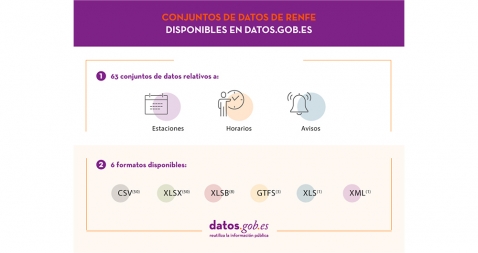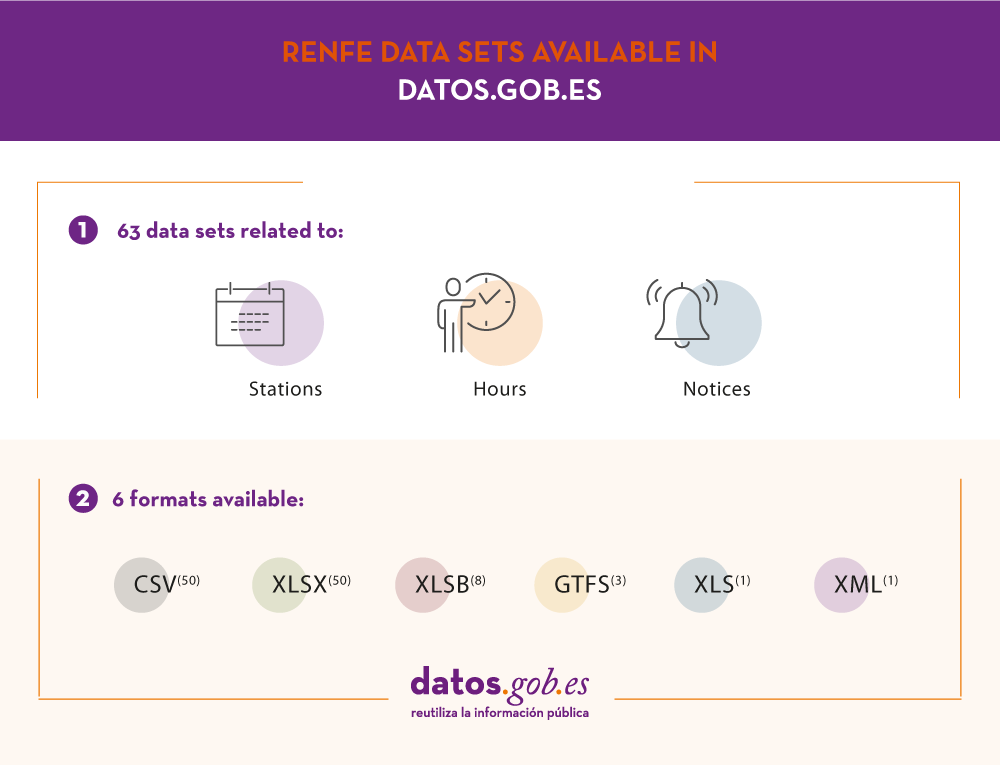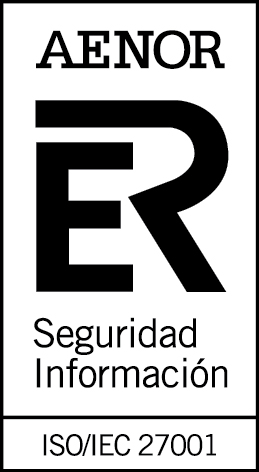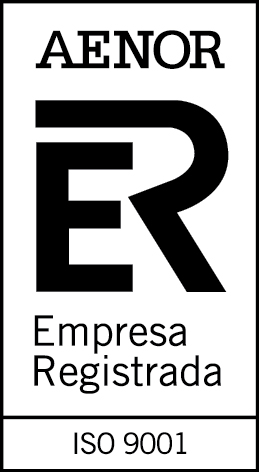The Renfe data you can find in datos.gob.es
Fecha de la noticia: 06-08-2020

At the end of 2018, Renfe launched its open data portal, a space to share information and key indicators with citizens. The launch of this portal was part of its digital transformation strategy to, in its own words, "put the customer at the center of all its services".
With the continuous maintenance of this portal, the operator seeks to improve services and attention to users, as well as to promote transparency and accountability. But, as is always the case with open data, the aim is not only to make the data accessible to citizens, but also to encourage its dissemination and use. Renfe's open data federation with datos.gob.es and consequently also its federation with the European Data Portal enhance its visibility both nationally and internationally.
63 sets of data on rail transport
Renfe currently has 63 datasets, which provide information on stations, schedules and notices in 6 formats, as shown in the image below.

Since its inception, the portal has focused on providing operational data, such as general and suburban timetables, geolocated stations or notices of service changes. All of this, giving priority to machine-readable formats to facilitate their reuse.
Of all the datasets currently available, the most visited, according to their own control panel, are:
- High-speed, long-distance and medium-distance schedules.
- Local timetables.
- Stations. Complete list.
- Number of employees.
- List of High Speed, Long Distance and Medium Distance stations.
Renfe's idea is to continue expanding the datasets on a regular basis and taking into account the contributions of citizens. For example, on April 1 of this year they incorporated new data on Cercanías passengers by time slots, as well as train sheets.
Why are open transport data important?
Open data actions such as Renfe's help democratize information, so that it can be consumed free of charge and reused to create valuable products and services.
Transport data is one of the most reused data categories, which is why the European Commission (EC) has identified it as high-value data. In the datos.gob.es data applications section, you can find multiple examples of products and services that are based on this type of information.
The most popular applications created on the basis of this type of data are those that provide information on the arrival time and routes of the various trains or that integrate different transport methods to determine the easiest and quickest way to reach a destination, such as this example. But transport data also provide us with information to better understand our environment and make decisions. For example, we can know how the empty Spain moves, an important information for the development of policies to help us fight this problem. Or know the services of a particular metropolitan area, something fundamental when deciding where to buy a house.
These examples highlight the importance of transport data and why it is necessary to promote its openness and reuse. With the launch of its portal and its continuous updating, Renfe subscribes to its commitment to this type of data, and is aligned with the strategy set out by the European Union in its new directive, which highlights the need to open up transport data due to its great benefits for society, the environment and the economy.











